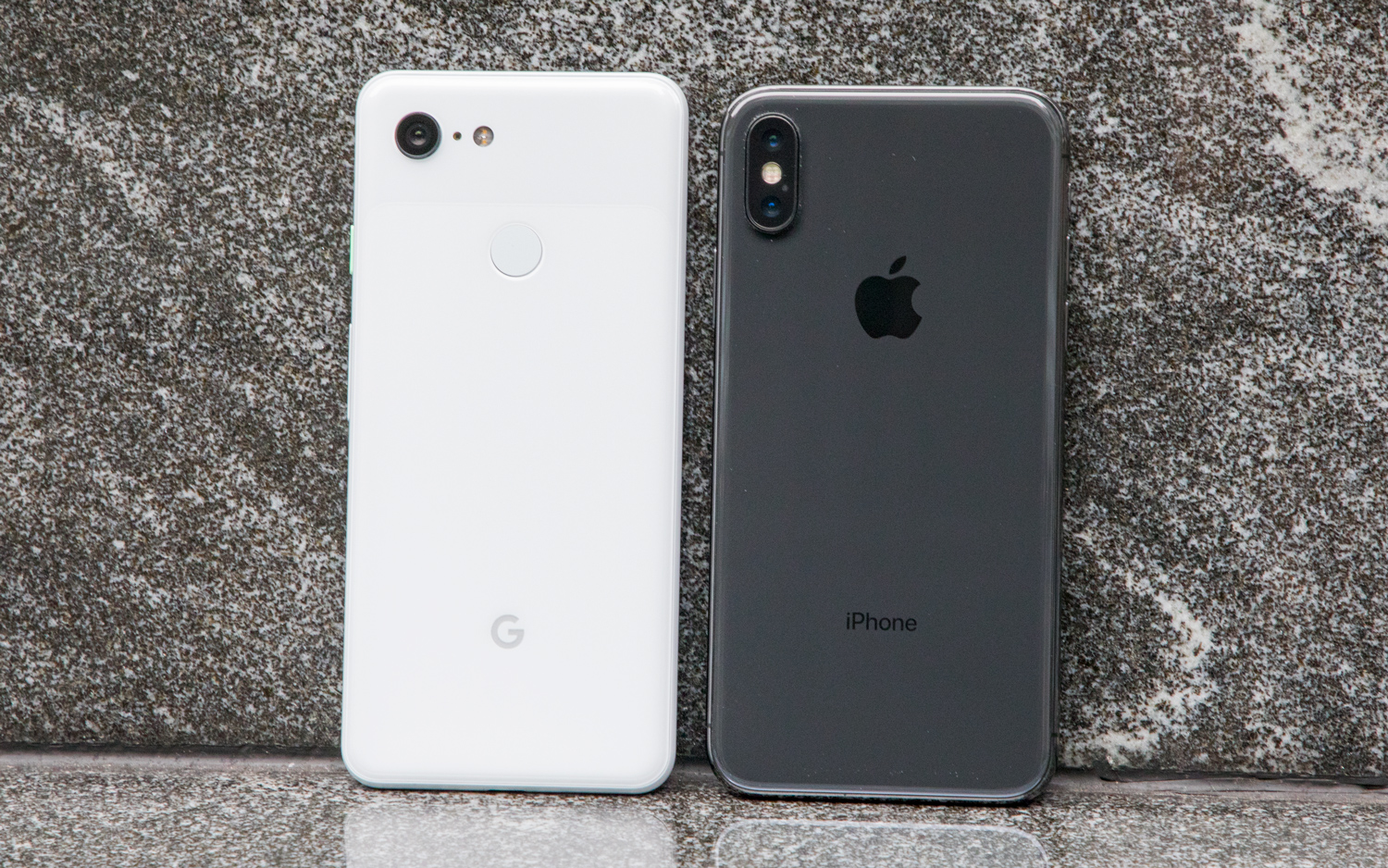2018 saw the global smartphone market continue its decline for the fifth consecutive quarter, marking a 6% drop in Q4 and a 5% year-over-year decrease. According to a report from Canalys, global shipments totalled 1.4 billion units for the year, down from 1.5 billion in 2017. Despite this, Apple managed to overtake Samsung in Q4 to become the top vendor, shipping 71.7 million iPhones in the final quarter of the year. Huawei, Oppo, and Xiaomi rounded out the top five vendors.
Market Trends and Challenges
Ben Stanton, Senior Analyst, noted that the market’s peak is clearly behind us. “People are keeping phones for longer as product innovation slows,” he said. However, the rapid pace and severity of this decline have taken many by surprise. Factors such as the US-China trade war, weaker consumer spending in developed markets, and the growing market for refurbished phones have all contributed to this downturn.
Vendor Highlights
Apple
Apple’s iPhone shipments fell 7% year-over-year in Q4 2018, missing its own expectations. Despite this, Apple shipped 71.7 million units in Q4, with the iPhone XR accounting for over 22 million shipments, making it the top-selling iPhone model. The iPhone XS Max and iPhone XS followed with shipments of 14 million and 9 million units, respectively. For the full year, Apple finished in second place behind Samsung. Moving into 2019, Apple faces challenges in core markets like China, which continue to decline. To counteract these challenges, Apple will focus on growing its services revenue and may need to introduce more affordable iPhone models or increase discounting flexibility to retain its customer base.
Samsung
Samsung shipped 70.3 million units in Q4 2018, a 5% decline year-over-year, and finished the year with 294 million units shipped globally. This fell short of its 320 million target and represented a 23 million unit drop from 2017. The intense competition from Huawei, Xiaomi, Oppo, and Vivo, particularly in Asia and Europe, has prompted Samsung to revamp its strategy. Moving forward, Samsung plans to include more advanced technology in its low- and mid-range phones, aiming to reclaim market share in 2019.
Huawei
Huawei had a stellar 2018, growing shipments by 47% in Q4 to 60.5 million units. Its full-year performance was bolstered by a 60% increase in international shipments, even as it captured record market share in China. The brand’s focus on innovation, such as triple-lens AI-enhanced cameras, has significantly improved its reputation worldwide. However, Huawei faces significant hurdles in 2019 due to political tensions, security concerns, and intellectual property disputes, which could impact its smartphone division.
Highlights of Smartphones Released in 2018
Premium Smartphones:
- Samsung Galaxy S9 ($1,199): Exynos 9810 Octa / Snapdragon 845, 4GB RAM, 5.8-inch Super AMOLED Infinity Display, 12MP dual aperture rear camera, 8MP front camera, Super Slow-mo video, AR Emoji, water resistance.
- Samsung Galaxy S9+ ($1,349): Exynos 9810 Octa / Snapdragon 845, 6GB RAM, 6.2-inch Super AMOLED Infinity Display, Dual 12MP rear cameras (wide and telephoto), 8MP front camera, Super Slow-mo video, AR Emoji, water resistance.
- Apple iPhone XS ($1,629): Apple A12 Bionic chip, 4GB RAM, 5.8-inch Super Retina OLED display, Dual 12MP rear cameras (wide and telephoto), 7MP TrueDepth front camera, Face ID, improved Portrait mode, Smart HDR.
- Apple iPhone XS Max ($1,799): Apple A12 Bionic chip, 4GB RAM, 6.5-inch Super Retina OLED display, Dual 12MP rear cameras (wide and telephoto), 7MP TrueDepth front camera, Face ID, improved Portrait mode, Smart HDR.
- Google Pixel 3 ($1,199): Qualcomm Snapdragon 845, 4GB RAM, 5.5-inch OLED display, 12.2MP rear camera, dual 8MP front cameras (wide and ultrawide), Night Sight, Top Shot, Google Assistant integration.
- Google Pixel 3 XL ($1,349): Qualcomm Snapdragon 845, 4GB RAM, 6.3-inch OLED display with a notch, 12.2MP rear camera, dual 8MP front cameras (wide and ultrawide), Night Sight, Top Shot, Google Assistant integration.
- Huawei P20 Pro ($1,099): Kirin 970, 6GB RAM, 6.1-inch OLED display, Triple 40MP/20MP/8MP Leica rear cameras, 24MP front camera, AI-powered camera features, long battery life.
Mid-Range Smartphones:
- Samsung Galaxy A8 (2018) ($649): Exynos 7885, 4GB RAM, 5.6-inch Super AMOLED Infinity Display, 16MP rear camera, dual 16MP/8MP front cameras, Face recognition, Always-on display.
- Nokia 7 Plus ($499): Qualcomm Snapdragon 660, 4GB RAM, 6.0-inch IPS LCD with 18:9 aspect ratio, Dual 12MP/13MP Zeiss rear cameras, 16MP front camera, Stock Android One experience, good battery life.
- OPPO R15 Pro ($799): Qualcomm Snapdragon 660, 6GB RAM, 6.28-inch AMOLED display, Dual 20MP/16MP rear cameras, 20MP front camera, VOOC Flash Charge, gradient design.
Budget Smartphones:
- Nokia 2.1 ($149): Qualcomm Snapdragon 425, 1GB RAM, 5.5-inch IPS LCD, 8MP rear camera, 5MP front camera, Android Go edition, large battery.
- Samsung Galaxy J4 ($229): Exynos 7570 Quad-core processor, 2GB RAM, 5.5-inch Super AMOLED display, 13MP rear camera, 5MP front camera, Affordable price, removable battery.
- OPPO A71 (2018) ($299): Qualcomm Snapdragon 450, 3GB RAM, 5.2-inch IPS LCD, 13MP rear camera, 5MP front camera, Facial unlock, decent battery life.
Despite the overall decline in smartphone shipments, 2018 offered impressive advancements across all price points. With features like AI-enhanced cameras, improved battery life, and better performance in both flagship and budget models, the industry continues to innovate even in challenging times. As we head into 2019, all eyes will be on how vendors adapt to the ongoing challenges of a saturated market.



